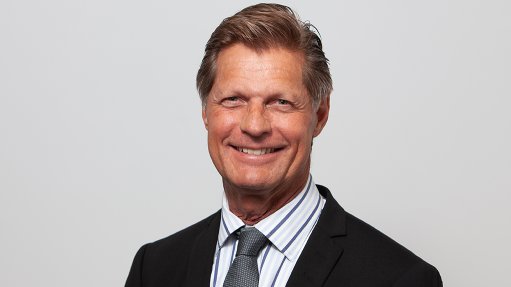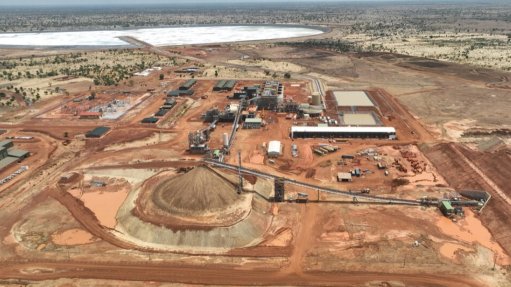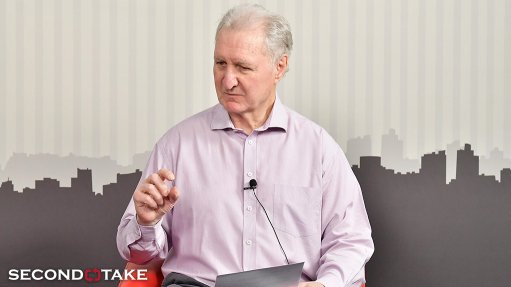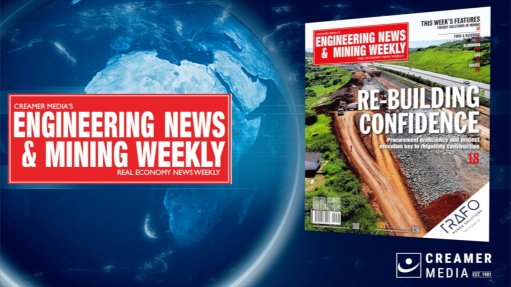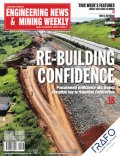Lessons learned on managing the interface between large-scale, small-scale gold mining
Driven by low barriers to entry, strong gold prices and high poverty levels, artisanal and small-scale gold mining (ASGM) is one of the fastest-growing rural livelihoods in many developing countries, a new report published by the World Gold Council (WGC) states.
It points out that the great majority of ASGM occurs outside of legal frameworks and the sector is a source of major environmental, social, human rights and governance concerns.
In seeking ways to improve the governance and performance of ASGM, the report calls for inspiration from Sustainable Development Goal 17 – Global Partnerships.
The report shows that many leading gold mining companies are engaging with ASGM issues, both in and around their mines and at a policy level.
Where circumstances permit, they welcome the opportunity to work with governments, industry groups, civil society organisations and responsible artisanal miners to better understand how to reduce the negative impacts of ASGM and to improve developmental outcomes, the council says.
Moreover, collectively, through the WGC, they are committed to protecting the integrity of the gold market from illicit flows and to reducing the marginalisation of responsible ASGM in legal gold markets, the report notes.
The report points out that the context in which ASGM takes place varies widely, thereby a generic approach cannot be prescribed.
The report, therefore, outlines that the lessons learned in one context are not necessarily applicable in others and that the large-scale mining (LSM)/ASGM interface is only part of the overall picture.
Importantly, it highlights that the ability of companies to interact constructively with ASGM entities or to work with them to improve their socioeconomic, governance or environmental performance is hampered by the lack of progress in formalising responsible ASGM activities.
Solutions to this challenge require government leadership, the report emphasises.
It, therefore, aims to provide a platform for LSM companies and other actors to share not only their challenges, but also the progress that they have achieved through dialogue, engagement and collaboration.
Notably, it calls attention to the need to get incentives and regulatory frameworks correct.
The report contains input from 15 companies working in 18 countries as well as material contributed by the Swiss Better Gold Initiative and the Alliance for Responsible Mining.
KEY FINDINGS
Key lessons from the experiences of LSM and industry social practitioners include the crucial role of governments in formalising ASGM and in protecting the investment made by LSM companies.
The importance of building constructive LSM/ASGM relationships is emphasised, with trust noted as fundamental, despite significant cultural differences between ASGM and LSM in building successful relationships.
The report points out that LSM miners need to understand the context and the often highly complex socioeconomic and governance factors at work among local ASGM operations – including red flags such as possible taint by criminal groups or corruption.
The report contains advice on constructing a baseline assessment.
Controlling in-migration and not rewarding confrontational or disruptive behaviour is fundamental to developing more constructive and stable LSM/ASGM arrangements, it points out.
The report says that in terms of company organisational models, a holistic approach is needed for successful LSM/ASGM management.
This is likely to involve several corporate functions including safety, health and environment, operations, social performance, legal, exploration and security.
The WGC advises companies to consider the scope to move beyond risk management to judge whether LSM/ASGM cooperation might generate business opportunities.
The report notes that formalisation often depends on ASGM entities being able to adopt effective organisational structures.
Improving the gold recovery rate may help miners absorb additional costs associated with formalisation and LSM companies may need to remain engaged over the long term when promoting mercury-free technologies when partnering with ASGM entities, it notes.
The report indicates that companies may benefit from working with civil society partners or external specialists on some complex social issues and from working with mining chambers on collective advocacy around ASGM management or formalisation and implementing good practice.
The report also cites the need for market access for responsibly produced ASM gold. It points out that Illicit flows are increased by the inability of some legitimate ASGM production to satisfy the due diligence requirements of mainstream gold markets.
This requires the mobilisation of a range of State, supply chain and industry actors in supporting responsible mineral processing and market access, it indicates.
Lastly, the report notes the need for formal mine closure and post-closure agreements with responsible ASGM entities to secure livelihoods and to protect the environment.
CASE STUDIES
The report includes 36 case studies with a focus on managing the interface between LSM and ASGM.
An array of locations and project types was selected to show that company initiatives in the management of ASGM do not rely on a single set of ‘solutions’.
Actually, the sustainability of even the most successful LSM/ASGM projects can be undermined by factors such as regulatory changes, conflict, natural disasters, or leadership changes.
The report notes that identifying sustainable solutions in complex circumstances can be difficult.
Alongside the case studies, there is also input from several external stakeholders who gave their perspectives on the LSM/ASGM interface.
Comments
Press Office
Announcements
What's On
Subscribe to improve your user experience...
Option 1 (equivalent of R125 a month):
Receive a weekly copy of Creamer Media's Engineering News & Mining Weekly magazine
(print copy for those in South Africa and e-magazine for those outside of South Africa)
Receive daily email newsletters
Access to full search results
Access archive of magazine back copies
Access to Projects in Progress
Access to ONE Research Report of your choice in PDF format
Option 2 (equivalent of R375 a month):
All benefits from Option 1
PLUS
Access to Creamer Media's Research Channel Africa for ALL Research Reports, in PDF format, on various industrial and mining sectors
including Electricity; Water; Energy Transition; Hydrogen; Roads, Rail and Ports; Coal; Gold; Platinum; Battery Metals; etc.
Already a subscriber?
Forgotten your password?
Receive weekly copy of Creamer Media's Engineering News & Mining Weekly magazine (print copy for those in South Africa and e-magazine for those outside of South Africa)
➕
Recieve daily email newsletters
➕
Access to full search results
➕
Access archive of magazine back copies
➕
Access to Projects in Progress
➕
Access to ONE Research Report of your choice in PDF format
RESEARCH CHANNEL AFRICA
R4500 (equivalent of R375 a month)
SUBSCRIBEAll benefits from Option 1
➕
Access to Creamer Media's Research Channel Africa for ALL Research Reports on various industrial and mining sectors, in PDF format, including on:
Electricity
➕
Water
➕
Energy Transition
➕
Hydrogen
➕
Roads, Rail and Ports
➕
Coal
➕
Gold
➕
Platinum
➕
Battery Metals
➕
etc.
Receive all benefits from Option 1 or Option 2 delivered to numerous people at your company
➕
Multiple User names and Passwords for simultaneous log-ins
➕
Intranet integration access to all in your organisation









